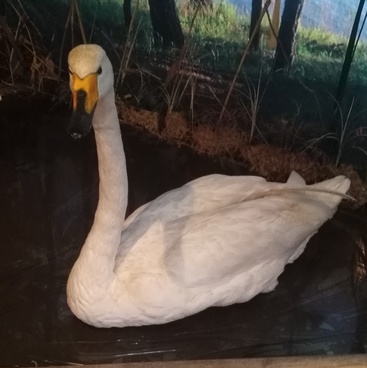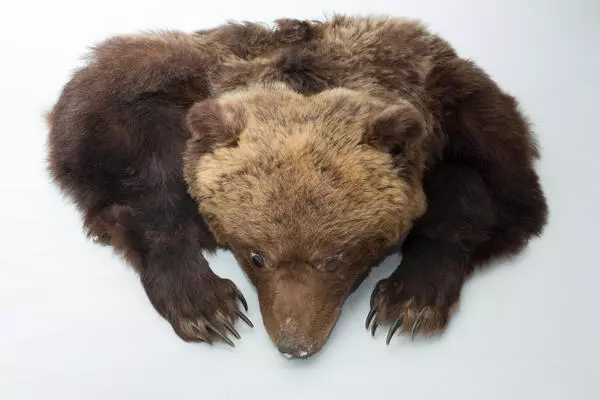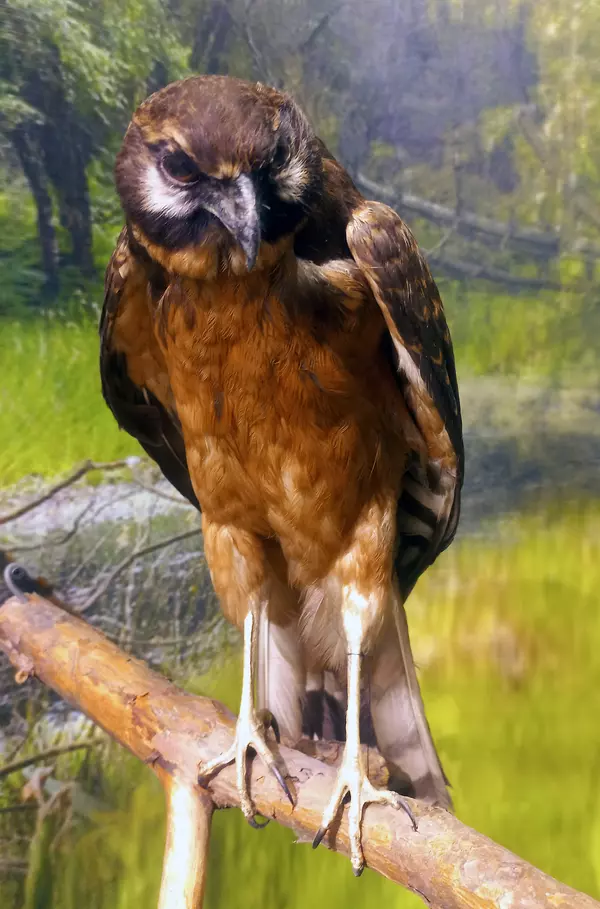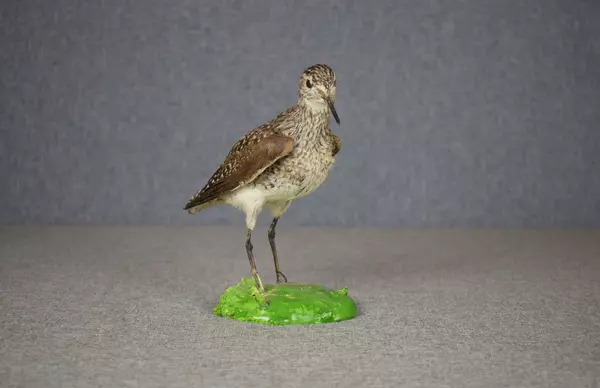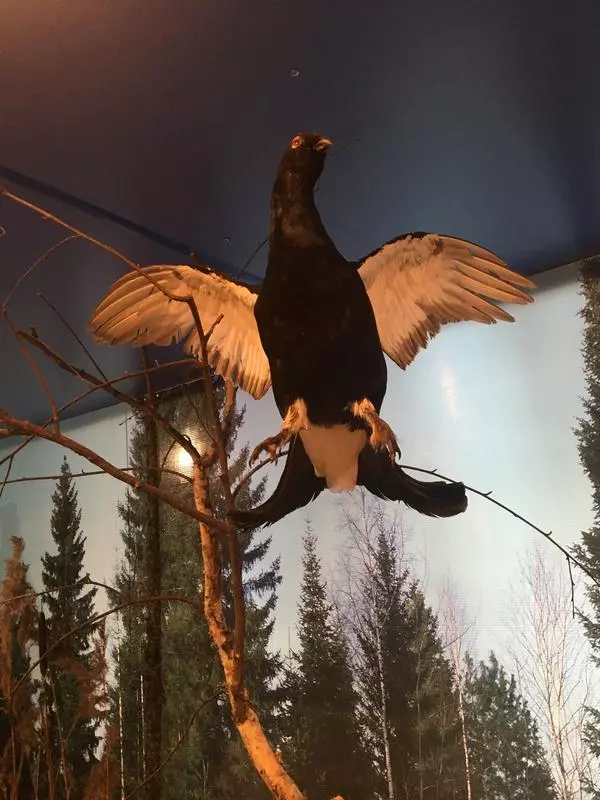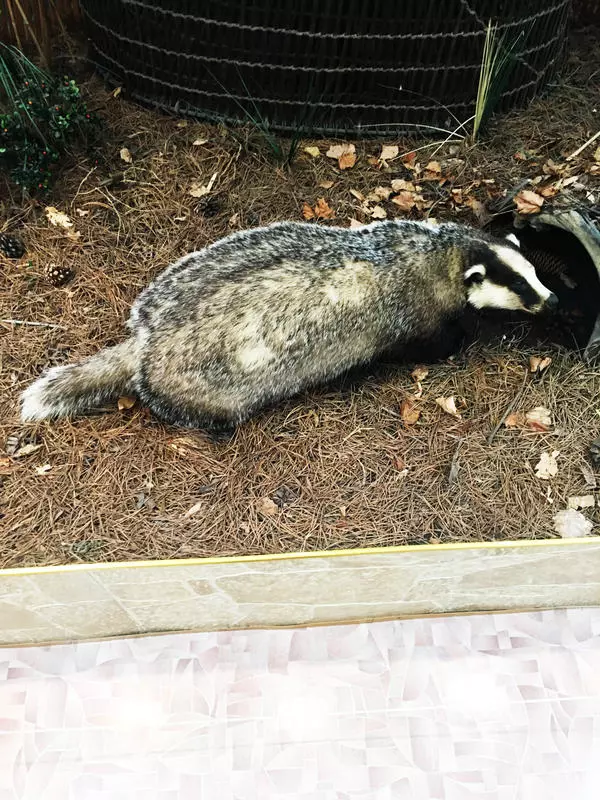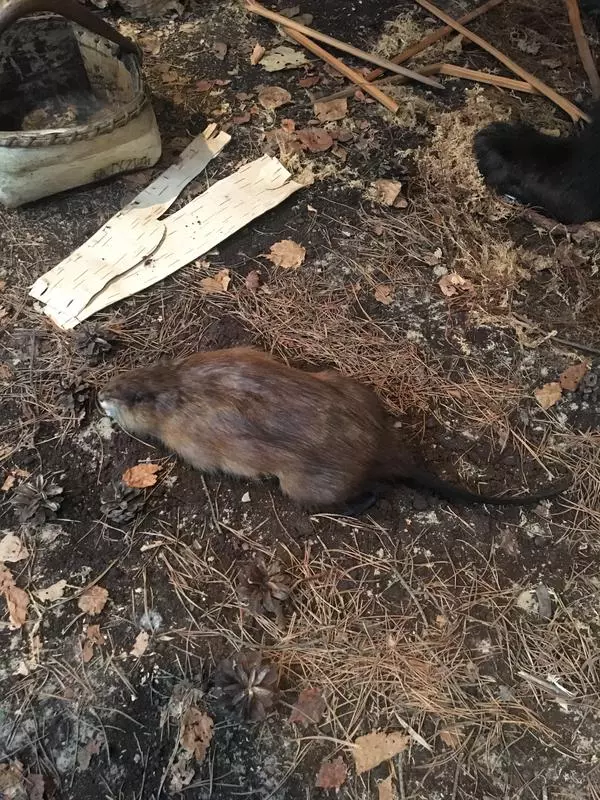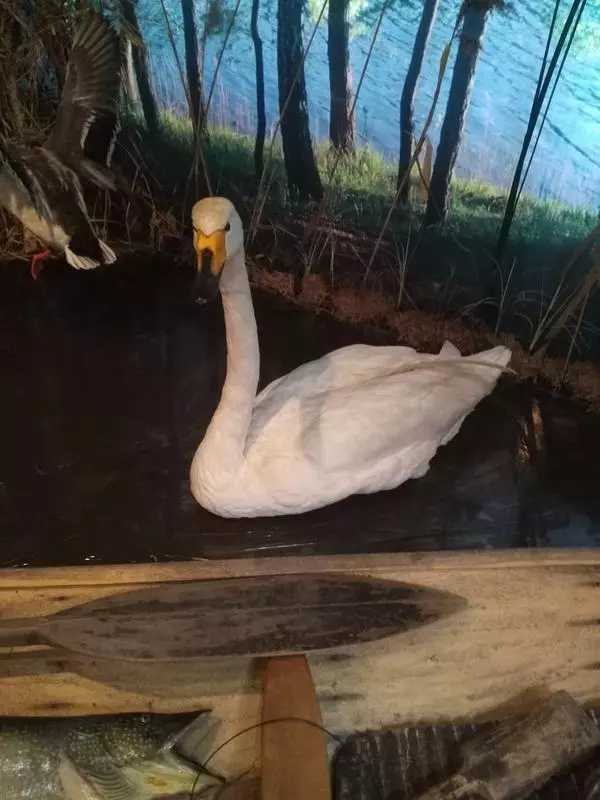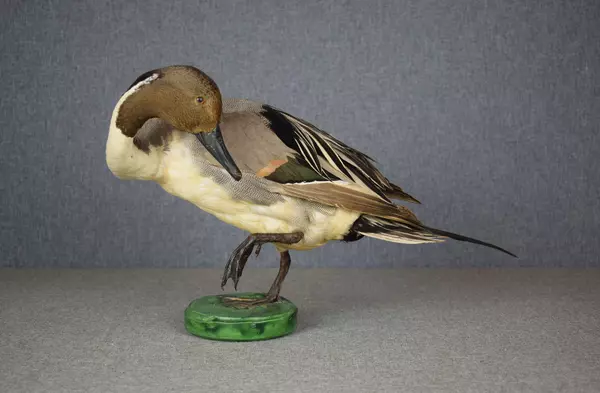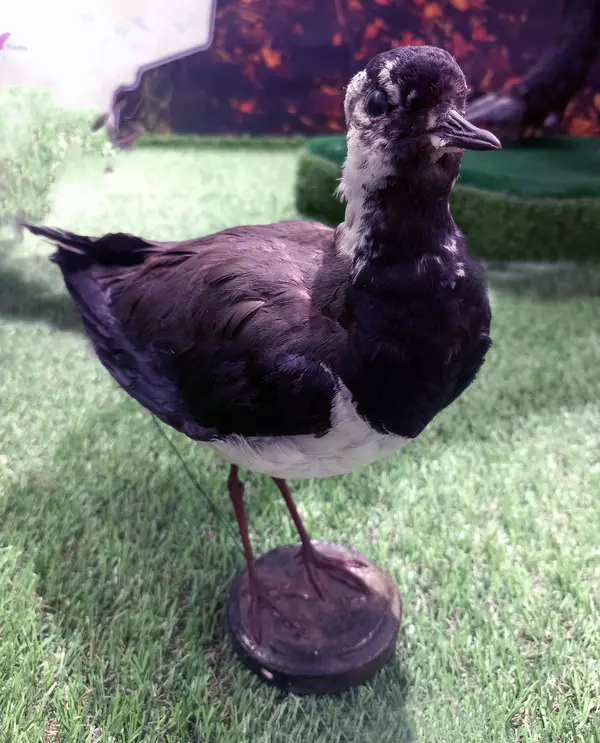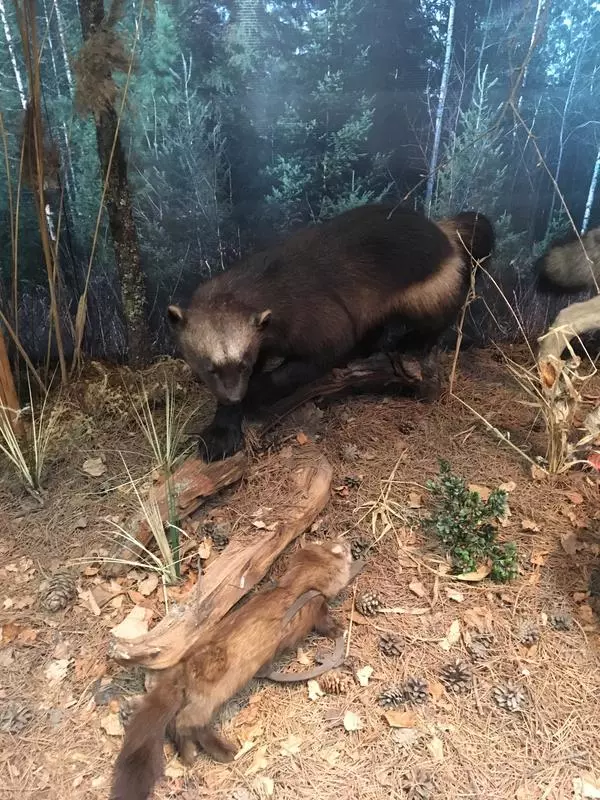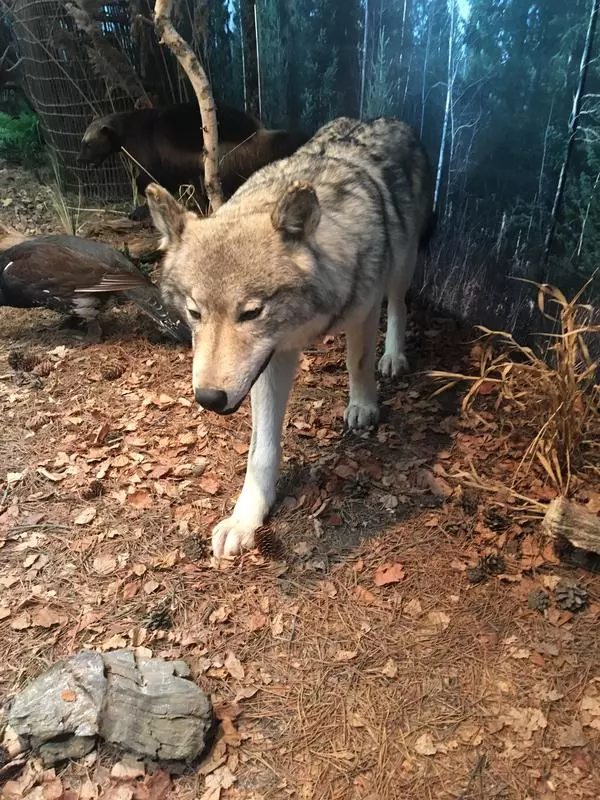Red fox (Vulpes vulpes) is a predatory mammal from Canidae family. It is most common and largest species from genus foxes. The animal is very well adapted to the most diverse live environment, therefore, it is found in mountainous locality, taiga and tundra, in steppe and desert areas and even on outskirts of cities. Little beast gives preference to open or semi-open spaces in any regions.
Though fox belongs to typical predators, it feeds on much various. Its ration includes more than 400 animal species alone and several dozen plant species.
Foxes hunt around the clock, but more frequent at dusk. They mainly eat small rodents: mouse, muskrats, chipmunks. Hares are attacked less often, although, leverets are not missed. Foxes also can hunt after roe deer-cubs. The little beast never misses an occasion to catch a bird that was turned up on the ground: from the smallest to the largest, for example, geese and capercaillies. Foxes frequently destroy clutches of eggs or flightless chicks, as well.
Foxes live in holes. They most commonly settle on slopes of ravines and hills, choosing sites which are protected from pouring rain, ground and thawed waters. Foxes dig burrows independently, but also sometimes occupy badger’s holes. Foxes reproduction is in February-March, they emit brief loud barking at this time. Pregnancy lasts 1,5-2 months, there are usually 4-6 fox cubs in brood. Both parents take care of posterity.
Among enemies of animal are beast of preys which are superior in size and strength: wolves, bears, wolverine and as well as large birds such as sea eagle, golden eagle, hawk or falcon.
Fox has quite good tendency to nurture and elementary training and so they have often been started getting at home. Animals get quickly accustomed to be taken on a lead during the walk, but keeping it is still not easy. Owners have to take fox out for a walk in time and care for comfortable temperature in house — it can be too hot for little beast. Fox’s usual diet includes domestic dogs’ feed, but other than that it must be fed with fruits and vegetables, greenery and berries.
Though fox belongs to typical predators, it feeds on much various. Its ration includes more than 400 animal species alone and several dozen plant species.
Foxes hunt around the clock, but more frequent at dusk. They mainly eat small rodents: mouse, muskrats, chipmunks. Hares are attacked less often, although, leverets are not missed. Foxes also can hunt after roe deer-cubs. The little beast never misses an occasion to catch a bird that was turned up on the ground: from the smallest to the largest, for example, geese and capercaillies. Foxes frequently destroy clutches of eggs or flightless chicks, as well.
Foxes live in holes. They most commonly settle on slopes of ravines and hills, choosing sites which are protected from pouring rain, ground and thawed waters. Foxes dig burrows independently, but also sometimes occupy badger’s holes. Foxes reproduction is in February-March, they emit brief loud barking at this time. Pregnancy lasts 1,5-2 months, there are usually 4-6 fox cubs in brood. Both parents take care of posterity.
Among enemies of animal are beast of preys which are superior in size and strength: wolves, bears, wolverine and as well as large birds such as sea eagle, golden eagle, hawk or falcon.
Fox has quite good tendency to nurture and elementary training and so they have often been started getting at home. Animals get quickly accustomed to be taken on a lead during the walk, but keeping it is still not easy. Owners have to take fox out for a walk in time and care for comfortable temperature in house — it can be too hot for little beast. Fox’s usual diet includes domestic dogs’ feed, but other than that it must be fed with fruits and vegetables, greenery and berries.
